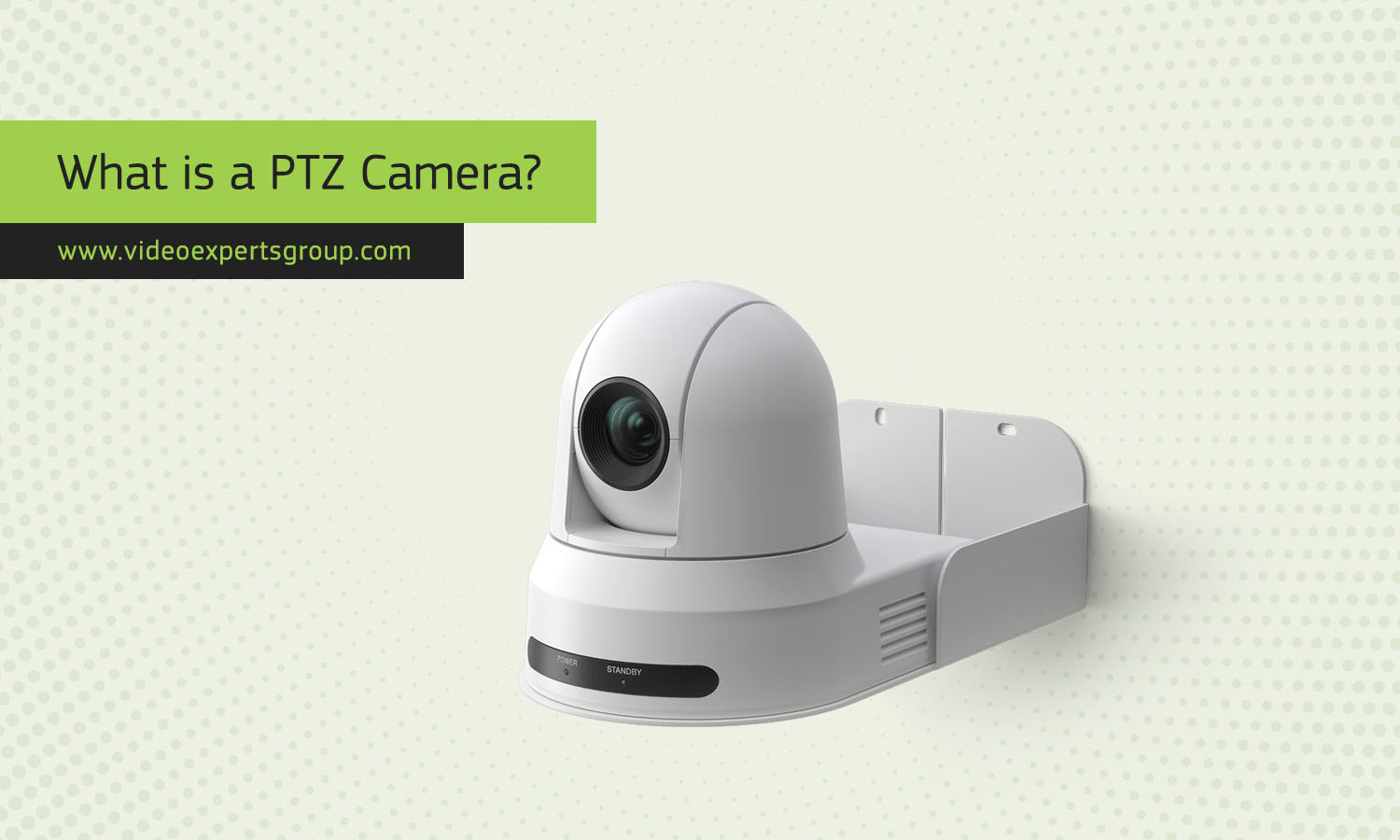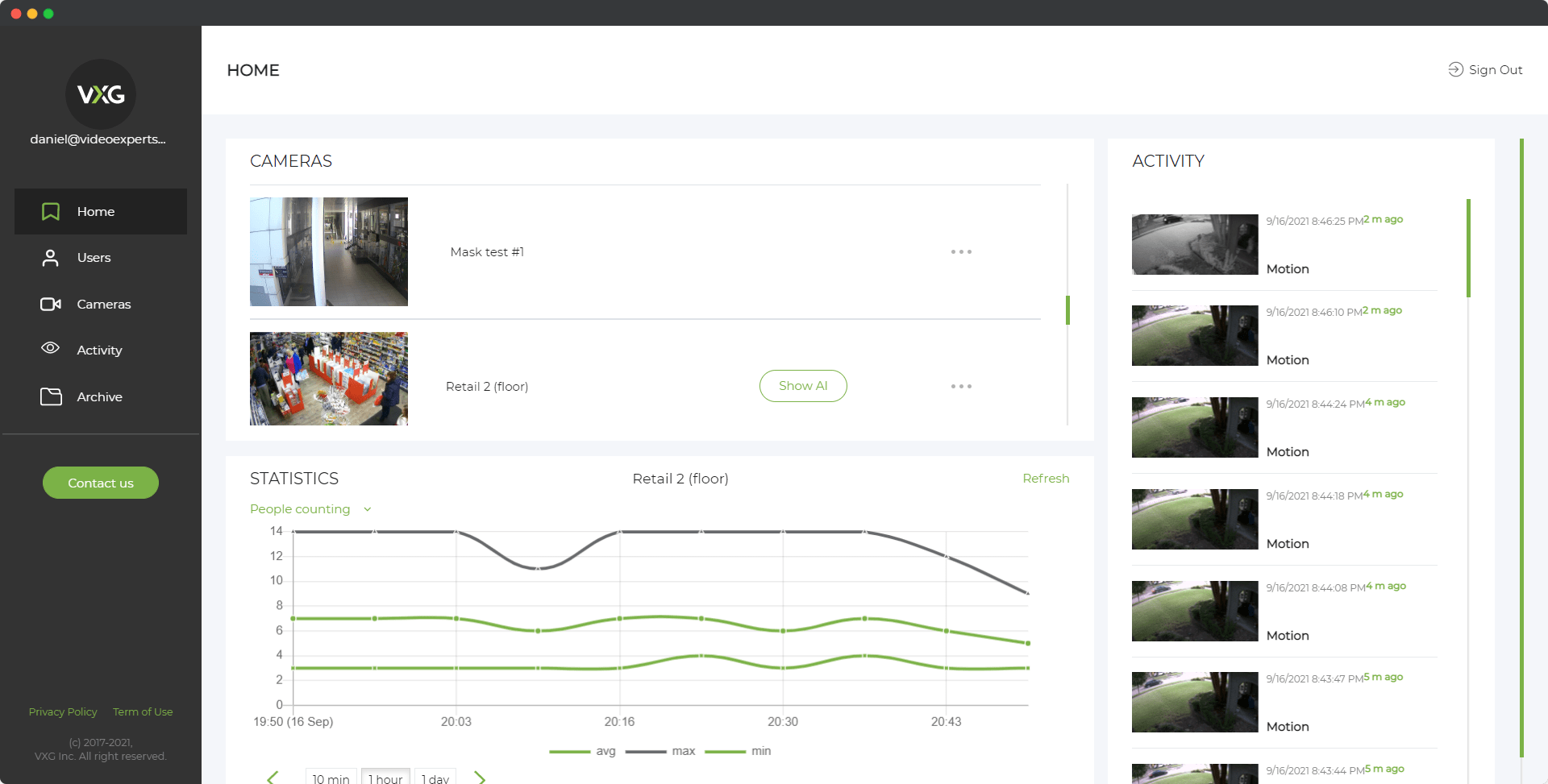In the dynamic landscape of surveillance and video monitoring, PTZ cameras have emerged as powerful tools, providing enhanced flexibility and control. PTZ, which stands for Pan-Tilt-Zoom, refers to a type of camera that offers versatile movement options and zoom capabilities. In this article, we will delve into the meaning, applications, advantages, disadvantages, and various types of PTZ cameras.
PTZ Camera Meaning
PTZ cameras are a specialized category of surveillance cameras designed with motorized mechanisms that enable panning, tilting, and zooming functionalities. The term "Pan" refers to the horizontal movement, "Tilt" refers to the vertical movement, and "Zoom" denotes the ability to magnify the view. These cameras are remotely controlled, allowing operators to adjust the camera's position and focal length in real-time.
What is a PTZ Camera Used for?
PTZ cameras find applications in various industries and settings, where flexibility and dynamic monitoring are crucial. Some common uses include:
Security and Surveillance:
PTZ cameras are widely employed in security systems to monitor large areas. Their ability to pan, tilt, and zoom makes them ideal for tracking subjects, covering expansive spaces, and zooming in on specific details.
Traffic Management:
In traffic monitoring systems, PTZ cameras can be strategically placed to observe traffic flow, detect incidents, and provide real-time data for efficient traffic management.
Live Events and Broadcast:
PTZ cameras are favored in live event coverage and broadcasting due to their agility. They can capture dynamic scenes, follow fast-paced action, and deliver high-quality footage with remote control convenience.
Industrial Processes:
PTZ cameras are utilized in industrial settings to monitor machinery, production processes, and ensure safety. The ability to zoom in on critical details allows for precise inspection.
Advantages
Versatility:
PTZ cameras offer a wide range of motion, allowing operators to cover expansive areas and focus on specific points of interest.
Remote Control:
Remote control capability enables real-time adjustments, making PTZ cameras efficient for dynamic monitoring without physical intervention.
Zoom Capability:
The zoom feature allows for detailed inspection of distant objects, making PTZ cameras suitable for applications like license plate recognition and facial identification.
Cost-Effective:
In certain scenarios, PTZ cameras can be more cost-effective than deploying multiple fixed cameras to cover the same area.
Disadvantages
Complex Installation:
Installing PTZ cameras may require additional infrastructure, including power and control cabling, which can increase installation complexity.
Higher Initial Cost:
PTZ cameras tend to have a higher upfront cost compared to some fixed cameras, which may impact budget considerations.
Limited Field of View:
While PTZ cameras offer excellent flexibility, they may have a limited field of view compared to some wide-angle fixed cameras.
Types of PTZ Cameras
Dome PTZ Cameras:
These cameras are housed in a dome-shaped enclosure, offering a discreet appearance and protection against tampering. They are commonly used in indoor and outdoor surveillance.
Bullet PTZ Cameras:
Bullet-style PTZ cameras are designed for outdoor use, featuring a sleek, cylindrical shape. They are known for their robust build and resistance to harsh weather conditions.
Box PTZ Cameras:
Box-style PTZ cameras come in a rectangular housing and are versatile in terms of installation. They are often used in indoor settings and can be customized with various lenses.
PTZ cameras play a pivotal role in modern surveillance and monitoring, offering unparalleled flexibility and control. Understanding their meaning, applications, advantages, disadvantages, and various types can help businesses and organizations make informed decisions when implementing video monitoring systems. As technology continues to evolve, PTZ cameras are likely to remain integral components in ensuring security and efficiency across diverse industries.
Read more:
















